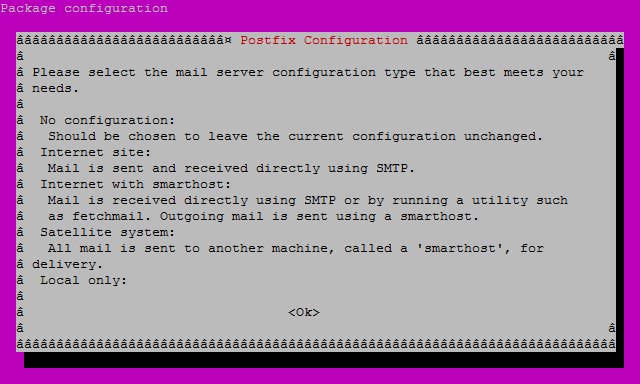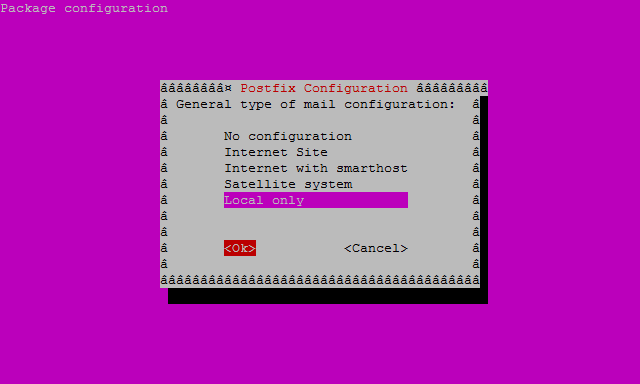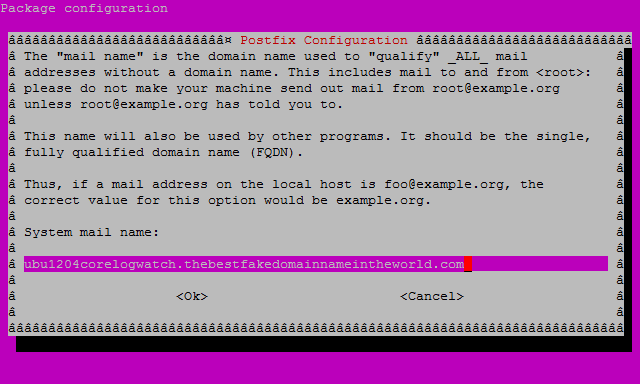How to Install Logwatch on Ubuntu 14.04 LTS
Logwatch is a Perl-based log management tool for analyzing, summarizing, and reporting on a server’s log files. It is most often used to send a short digest of server’s log activity to a system administrator.
What are log files? Logs are application-generated files useful for tracking down and understanding what has happened in the past.
- These instructions are intended specifically for installing the Logwatch on Ubuntu 12.04 LTS.
- I’ll be working from a Liquid Web Core Managed Ubuntu 12.04 LTS server, and I’ll be logged in as root.
First, you’ll follow a simple best practice: ensuring the list of available packages is up to date before installing anything new.
apt-get -y update
Then let’s install Logwatch and any required packages:
apt-get -y install logwatch
During the install process you may be prompted to configure Postfix:

Go over the options, and then select OK.
Then, you’ll have to select a mail option:

In this case we are going to configure Postfix to send mail locally only; we’ll select the Local only option, and then select OK to continue.
Next we’ll configure the mail name:

Typically the mail name will be the hostname of the server on which you’re installing Logwatch; select Ok to finish the installation.
Local Configuration Options can be added in:
/etc/logwatch/conf/logwatch.conf
Default Configuration Options can be found in:
/usr/share/logwatch/default.conf/logwatch.conf
It is best practice to leave the Default Configuration as is, and edit the Local Configuration option, which is under /etc as listed above.
Related Articles:

About the Author: J. Mays
As a previous contributor, JMays shares his insight with our Knowledge Base center. In our Knowledge Base, you'll be able to find how-to articles on Ubuntu, CentOS, Fedora and much more!
Our Sales and Support teams are available 24 hours by phone or e-mail to assist.
Latest Articles
How to install PyTorch on Linux (AlmaLinux)
Read ArticleInnovative armor — exploring ThreatDown’s impact on cyber defense
Read ArticleControlling PHP settings with a custom php.ini file
Read ArticleLinux dos2unix command syntax — removing hidden Windows characters from files
Read ArticleChange cPanel password from WebHost Manager (WHM)
Read Article


